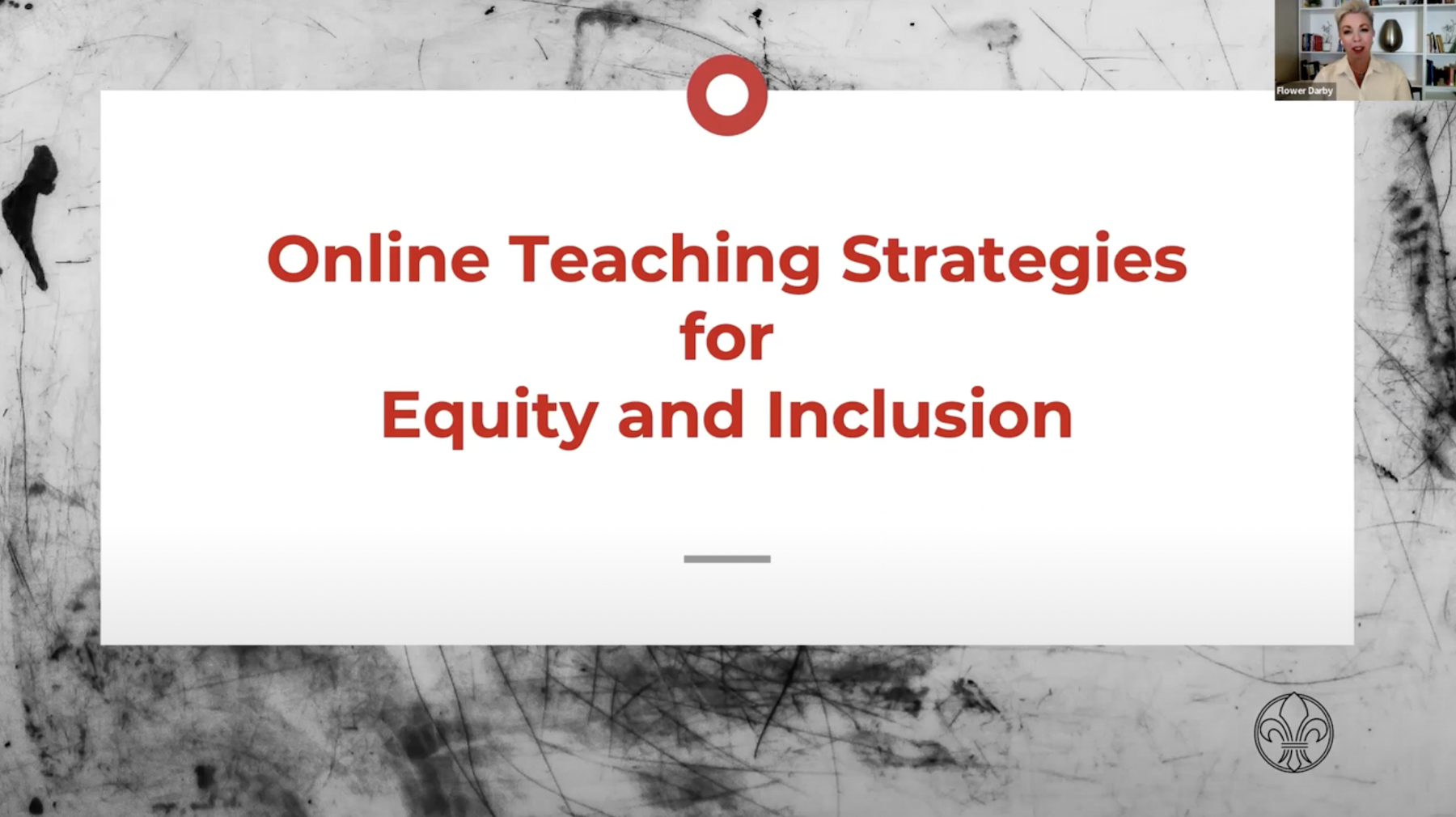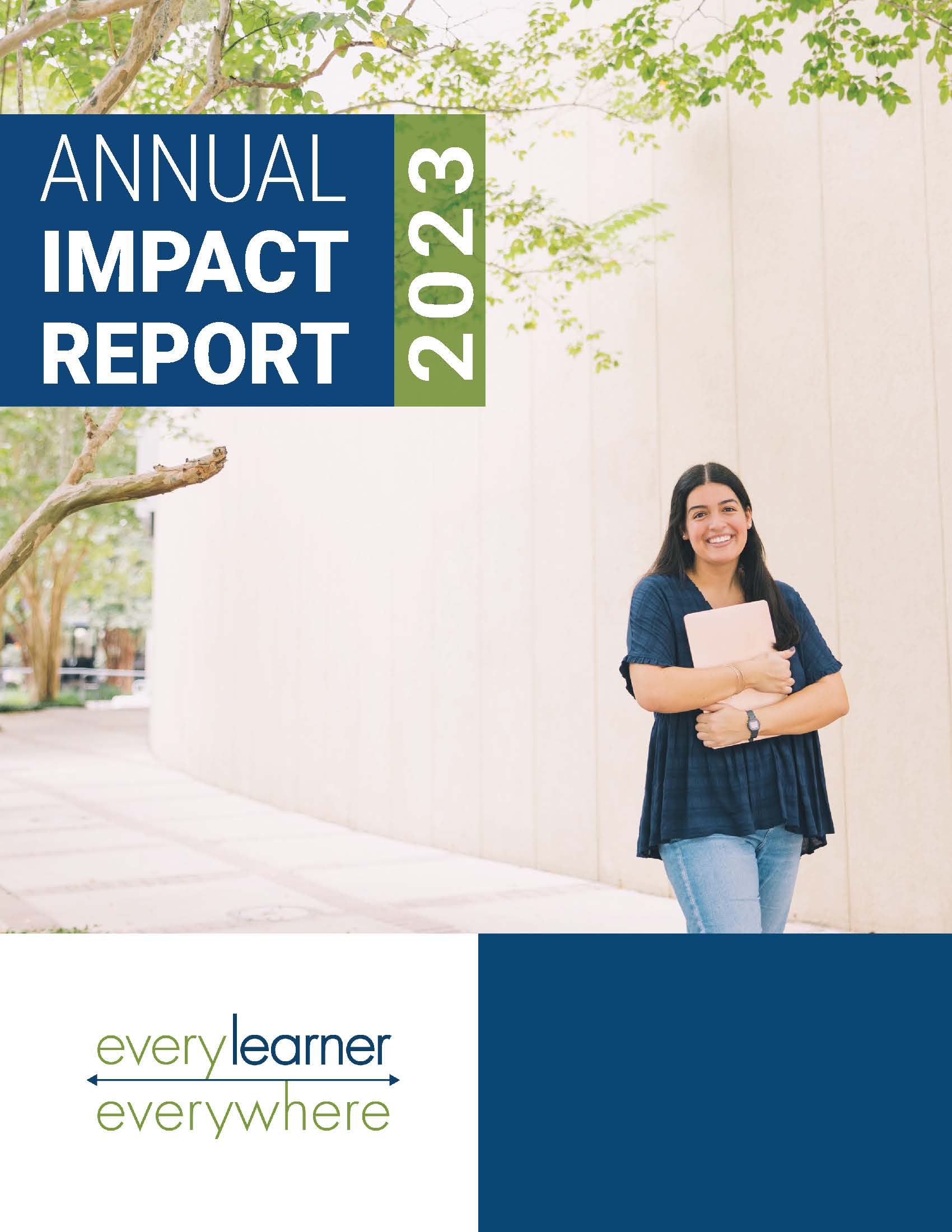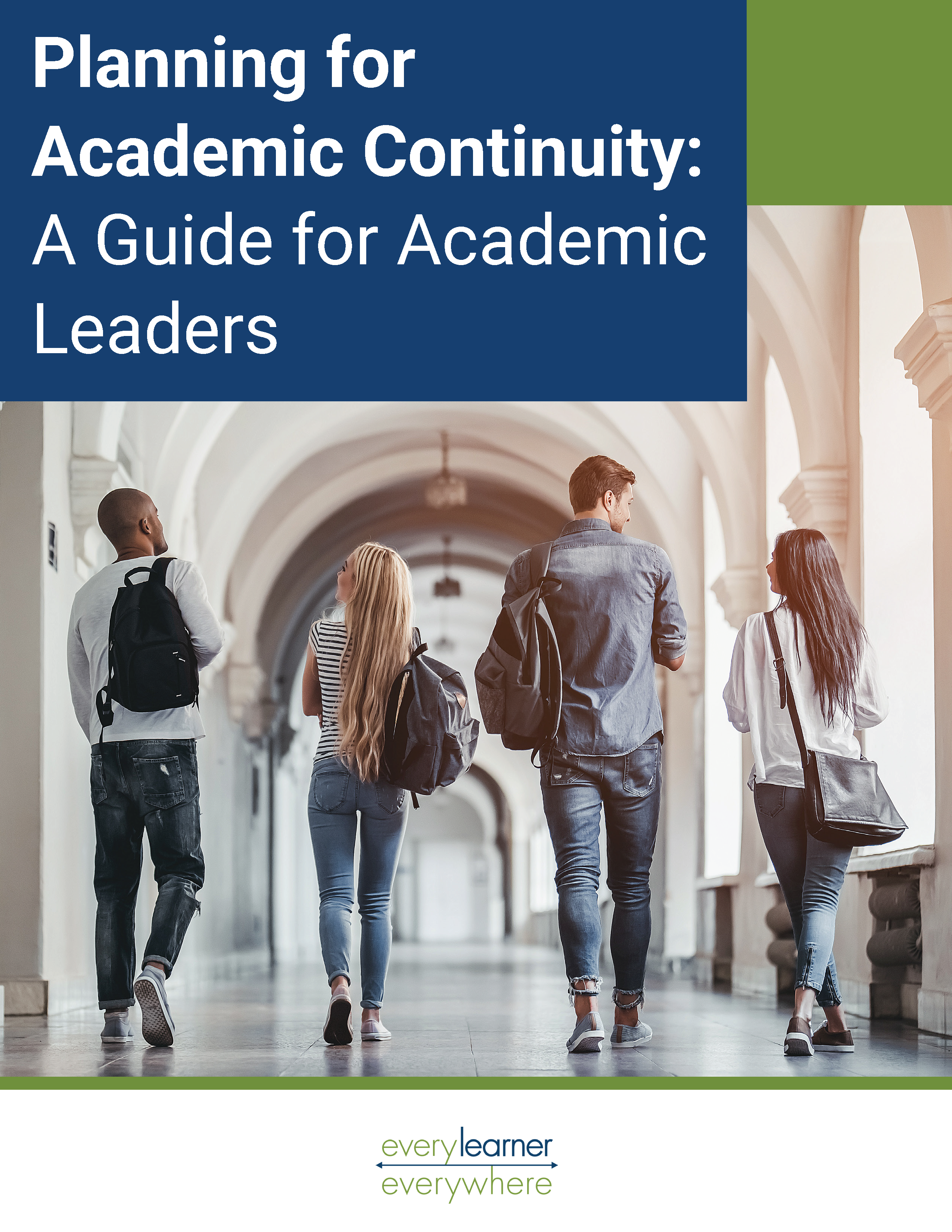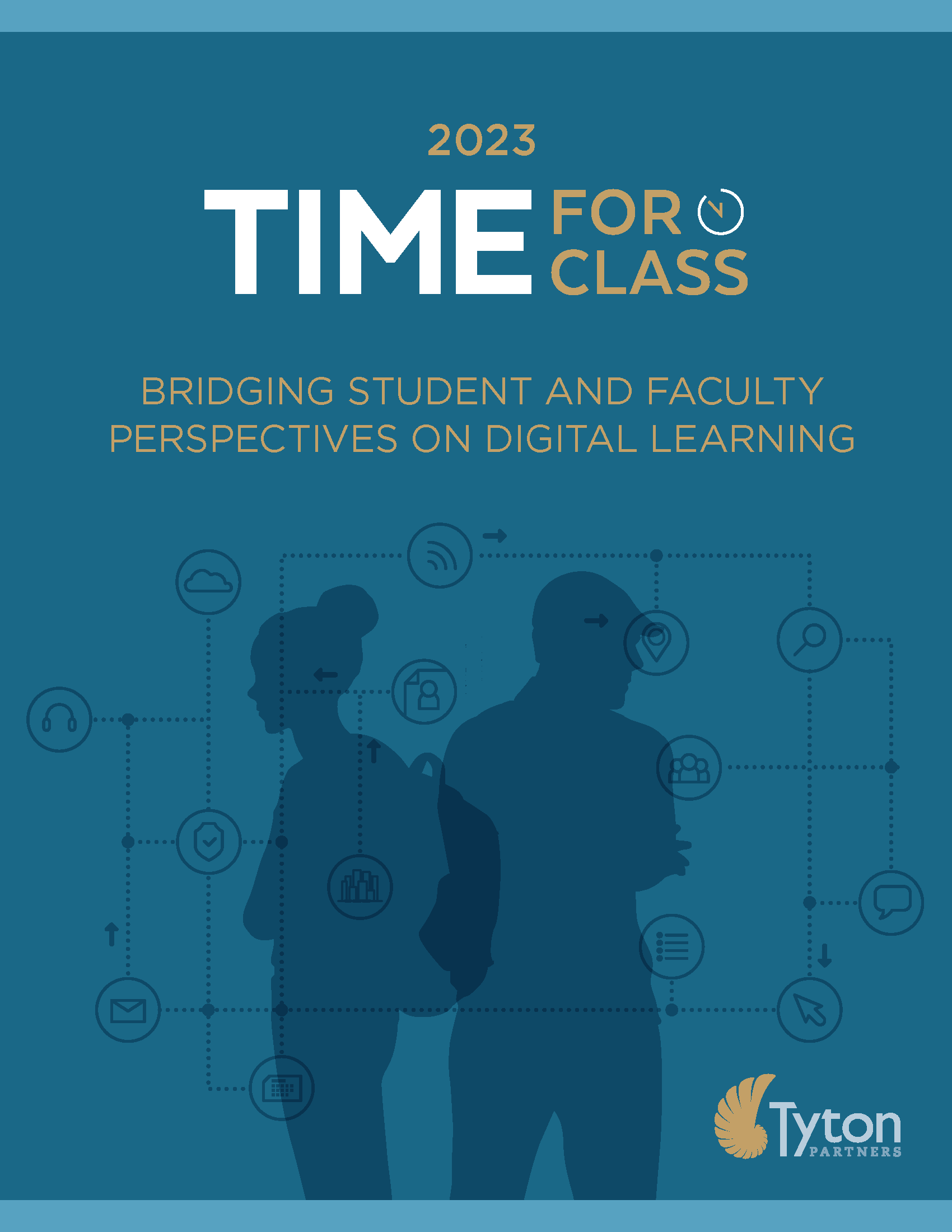Supporting diverse students is a key consideration of our teaching practice. We’ll explore evidence-based frameworks to welcome and support all students, regardless of their background, abilities, identities, needs, or preferences. We’ll identify solutions to address existing barriers and inequities in higher education, learn about inclusive online teaching techniques to enhance equitable outcomes on assignments and assessments, and gain practical takeaways to enhance your class next week or next semester.
Presenter: Flower Darby, Associate Director, Teaching for Learning Center at the University of Missouri-Columbia





